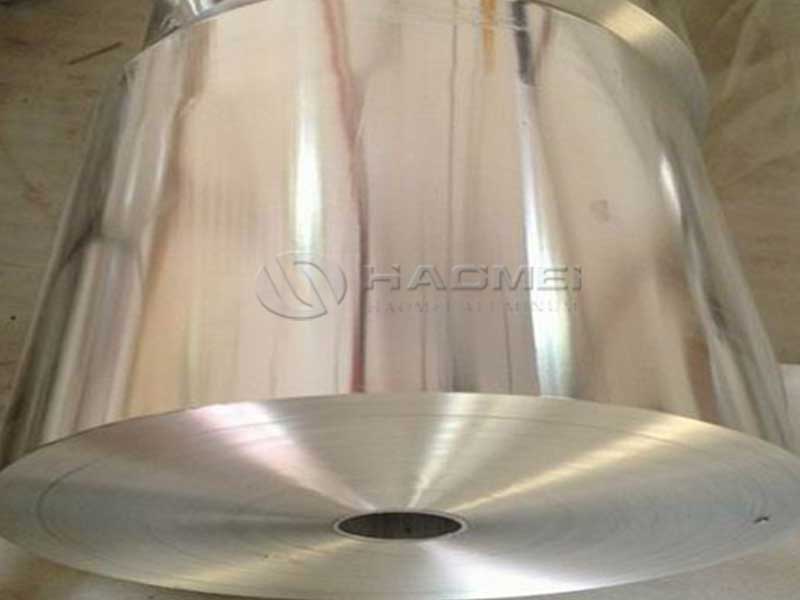Aluminium foil for capacitors
Aluminium Foil for Capacitors: The Unsung Hero Behind Modern Electronics
In the realm of modern electronics, capacitors are the silent workhorses that ensure devices run smoothly, efficiently, and reliably. Less visible but absolutely crucial within these components is aluminium foil—a material that, while seeming simple at first glance, plays a complex and indispensable role in capacitor performance. Today, let's dive into the fascinating world of aluminium foil in capacitors from a unique vantage point: that of the foil itself.
Aluminium Foil: The Thin Layer That Carries Massive Responsibility
Aluminium foil used in capacitors is not your everyday kitchen wrap. It’s specially engineered, ultra-pure aluminium with precise thickness and surface properties tailored for energy storage applications. The foil acts as one of the electrodes in an electrolytic capacitor, working closely with a dielectric (an insulating layer) to store and release electrical charge.
Unlike visibility-driven consumer products, aluminium foil for capacitors must meet stringent electrical and mechanical criteria. The foil’s thinness allows capacitors to pack huge capacitance values within surprisingly small spaces. But being thin doesn't mean fragile—this foil must resist mechanical stress during manufacturing and operational life, all while maintaining minimal surface defects to avoid breakdowns.
Why Purity and Surface Texture Matter
The purity of aluminium foil directly impacts its electrical conductivity. Higher purity aluminium contains fewer impurities that can cause localized heating and power loss. In capacitors, lower electrical resistance means more efficient charging and discharging cycles, contributing to longer device lifespan.
Surface texture is another vital dimension. The foil’s surface is often etched microscopically to increase the effective surface area, thereby boosting its capacitance without enlarging the component's size. More surface area means more charge can accumulate, yet this etching must be homogenous and free from sharp scratches or pits, which could lead to dielectric punctures and capacitor failure.
From Molten Metal to Microelectronic Marvel
The journey from molten aluminium to finely crafted foil involves multiple stages of casting, rolling, annealing, and careful inspection. Precision control over thickness tolerances—sometimes less than ten microns—ensures consistent electrical properties across entire rolls of foil. This level of detail might appear excessive, but in high-performance capacitors, uniformity can spell the difference between a reliable medical device and a costly malfunction.
Future Horizons: Recycling and Innovations
In today’s environmentally conscious era, the sustainability angle of aluminium foil in capacitors is gaining importance. Aluminium is notably recyclable without losing quality, making used capacitors a candidate for material recovery cycles. Moreover, researchers are novel foil alloys and surface treatments to push capacitor efficiency to new heights—thoughts that not only maximize device performance but reduce waste and environmental impact.
https://www.al-sale.com/a/aluminium-foil-for-capacitors.html






